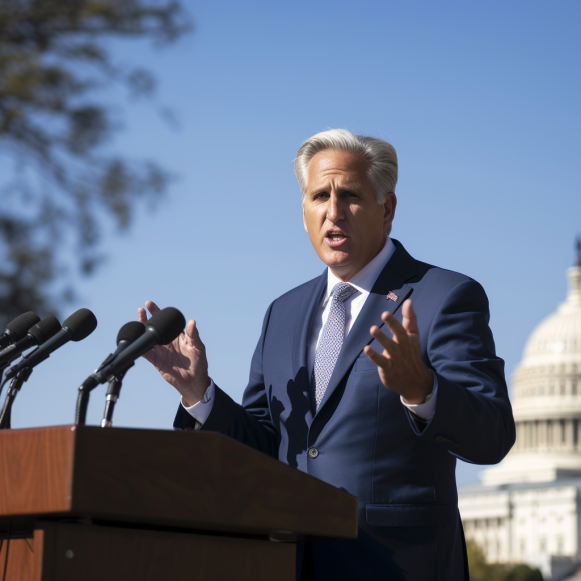Sixty percent of major brands plan to increase their ad budgets in 2024, new research shows

- Sixty percent of advertisers in a new survey said they’ll increase their ad budgets in 2024.
- The findings from Ebiquity and WFA suggest the recent ad downturn is coming to an end.
- Insider spoke to three heads of media at major brands
Marketers are cautiously optimistic about 2024, with 60% of respondents in a new survey planning to increase their ad budgets next year.
The World Federation of Advertisers and Ebiquity findings represent the perspectives of 92 large advertisers responsible for more than $50 billion in annual global advertising spending.
It’s yet another sign that the recent advertising slump may be coming to an end. Last year, only 29% of respondents said they expected to increase their media budgets in 2023.
One-third (33%) of the remaining 40% of those polled this year said they planned to stick with their 2023 budgets into 2024. Only 2% expected a “significant decrease,” while 5% expected a “slight decrease.”
“I’m positively surprised,” said Stephan Loerke, CEO of the World Federation of Advertisers. “You’d think in the current climate, the outlook would be more uncertain.”
Still, he cautioned, this optimism could be dashed if the Middle East conflict escalates further and oil prices rise.
A large food brand’s head of media told Insider that their company was concerned about 2023 because their costs for things like ingredients and energy had risen dramatically, forcing them to raise their prices. However, 2023 turned out to be far better than expected.
“Retailers accepted the price increases — which was not assumed — and consumers also adopted the increases,” said the executive, who spoke on the condition of anonymity because they were not authorized by their company to discuss future figures. The insider is aware of their true identity.
Just over one-third (35%) of respondents said they would increase their share of longer-term, brand marketing activity in 2024, up from 21% last year. On the other hand, 21% said they would increase their mix of performance activity, or marketing intended to drive more immediate results, a decrease from 28% last year.
“It’s a good predictor. If you’re willing to spend money on branding, you’re thinking long term,” said a head of media at a drinks company who asked to remain anonymous because they were not authorized to discuss their budgets.
This executive also cautioned that, while the signs are promising for next year, it is not a complete turnaround. “In difficult times, when budgets get cut, building them back up takes a little bit of negotiation with finance,” the executive was quoted as saying.
With 85% of respondents saying they would either significantly or slightly increase their investments in connected-TV ads, video advertising is expected to be the main recipient of next year’s budget increases. Meanwhile, the report predicted that print, linear TV, and radio would all lose their share of most marketers’ budgets by 2024.
Marketers now have more channels to advertise on than ever before, thanks to the rise of emerging areas such as retail and commerce media, CTV, and digital out-of-home advertising. However, this adds complexity and risk for advertisers.
“CTV is an area that’s quite rife with fraud, and that’s what’s a concern,” said a head of media at a health company who asked to remain anonymous because they weren’t authorized to discuss their company’s media budgets. “Everyone thinks we’ll go on streaming and video-on-demand but there’s a lot more fraud and fake streaming sites — I don’t think it’s as heavily regulated as it should be.”
According to the report, roughly one-third of advertisers intend to conduct log-level analysis of programmatic supply chains in 2024 and 2025.





